Budget Criteria And Drug Value Assessments: A Case Of Apples and Oranges?
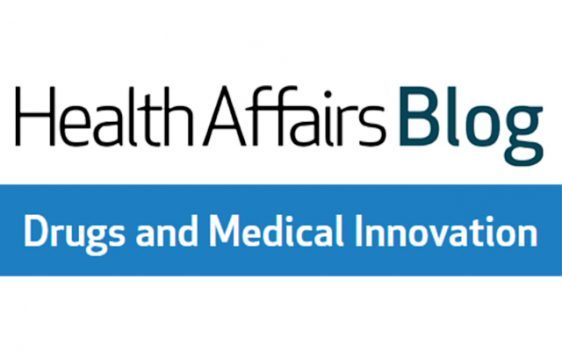
While the details of value measurement continue to be vigorously debated, nearly unprecedented consensus has emerged over the need to align reimbursement and utilization with value. More controversial, however, is the role of budgetary criteria in determining value and in governing access to health care technologies. The case for adding budgetary tests to measure value […]
Moving Beyond Price-Per-Dose in the Pharmaceutical Industry

Many patients today are missing out on the benefits of therapies for financial reasons. The problem here is our current model of pharmaceutical pricing, which threatens to deprive patients of current beneficial therapies and other breakthroughs to come. For decades, the vast majority of drug manufacturers and payers have relied on pricing per dose, be […]
Drug Licenses: A New Model for Pharmaceutical Pricing
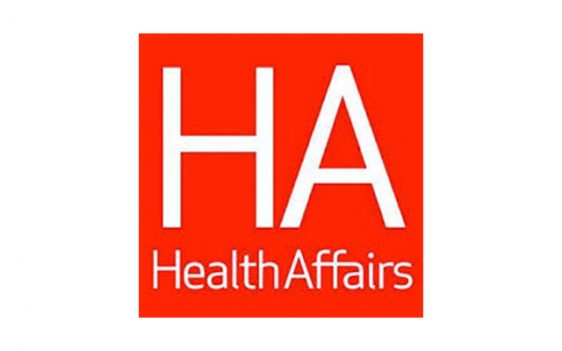
A drug-licensing model for health care is proposed which has the promise of increasing drug use without altering patients’ out-of-pocket spending, health plans’ costs, or drug companies’ profits. In such a model, people would purchase annual drug licences that would guarantee unfettered access to a clinically optimal number of prescriptions over the course of a […]
Utility of Cancer Value Frameworks for Patients, Payers, and Physicians
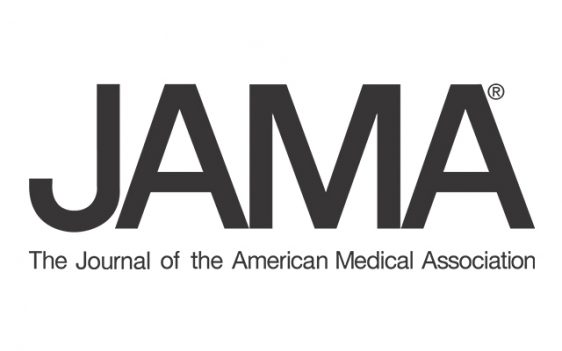
This viewpoint, authored by Dr. Chandra, Dr. Shafrin, and Dr. Dhawan, describes the differences between various cancer value frameworks and provides recommendations for improving them for clinicians, patients, and payers. In recent years, novel cancer therapies have improved the expected survival of patients but have also increased treatment costs. As a result of these increases, […]
Understanding Health Care’s Short-Termism Problem
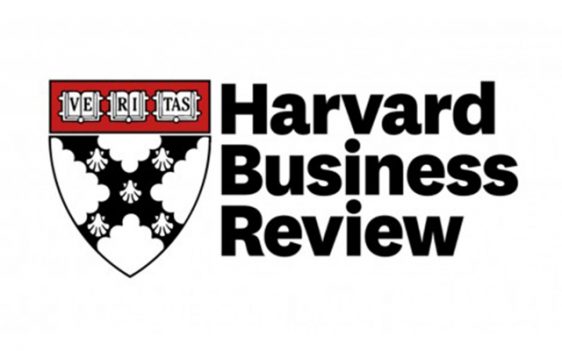
The meaning of “value” varies by each stakeholder and is thereore the least well understood. Drs. Chandra and Goldman discuss that the right way to think about value in health care delivery is a stream of benefits accrued over a lifetime that is attractive relative to the price paid to acquire them. Using examples with […]
Innovation and the Welfare Effects of Public Drug Insurance
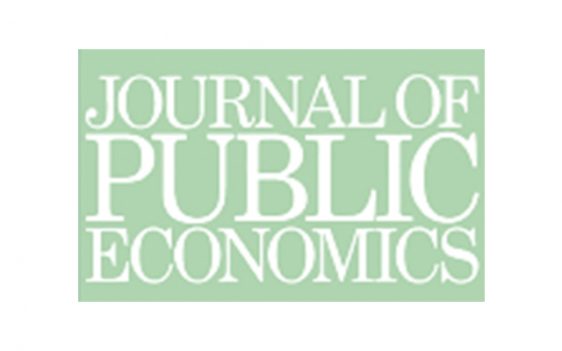
Prescription drug insurance is able to lower static deadweight loss without reducing incentives for innovation, with the result that the public provision of drug insurance can be welfare-improving, even for risk-neutral and purely self-interested consumers. The level of welfare improvement achieved is dependent on the design of insurers’ cost-sharing schedules and the size of such […]
How Cancer Patients Value Hope and the Implications for Cost-Effectiveness Assessments of High-Cost Cancer Therapies
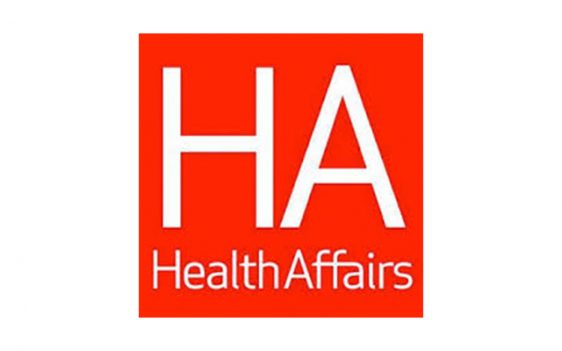
Assessments of the medical and economic value of therapies in diseases such as cancer traditionally focus on average or median gains in patients’ survival. This focus ignores the value that patients may place on a therapy with a wider “spread” of outcomes that offer the potential of a longer period of survival. We call such […]
Conducting Indirect-Treatment-Comparison and Network-Meta-Analysis Studies: Report of the ISPOR Task Force on Indirect Treatment Comparisons Good Research Practices—Part 2
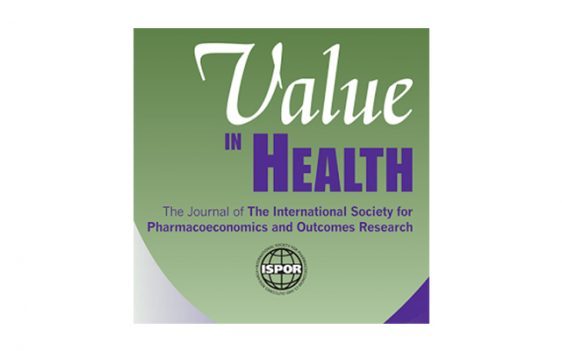
Evidence-based health care decision making requires comparison of all relevant competing interventions. In the absence of randomized controlled trials involving a direct comparison of all treatments of interest, indirect treatment comparisons and network meta-analysis provide useful evidence for judiciously selecting the best treatment(s). Mixed treatment comparisons, a special case of network meta-analysis, combine direct evidence […]
Interpreting Indirect Treatment Comparisons and Network Meta-Analysis for Health-Care Decision Making: Report of the ISPOR Task Force on Indirect Treatment Comparisons Good Research Practices: Part 1
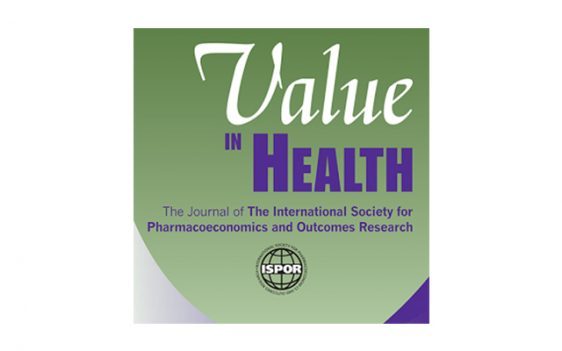
Evidence-based health-care decision making requires comparisons of all relevant competing interventions. In the absence of randomized, controlled trials involving a direct comparison of all treatments of interest, indirect treatment comparisons and network meta-analysis provide useful evidence for judiciously selecting the best choice(s) of treatment. Mixed treatment comparisons, a special case of network meta-analysis, combine direct […]
Network Meta-analysis of Parametric Survival Curves
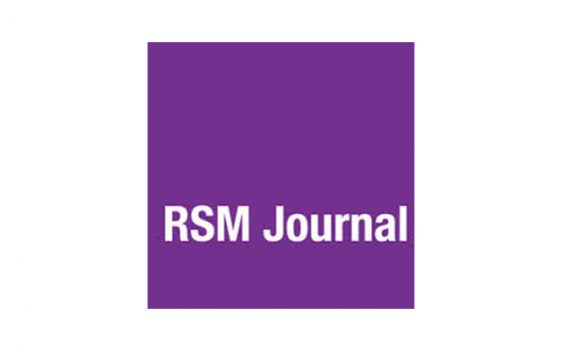
To inform health-care decision-making, treatments are often compared with synthesizing results from a number of randomized controlled trials. The meta-analysis may not only be focused on a particular pairwise comparison but can also include multiple treatment comparisons by means of network meta-analysis. For time-to-event outcomes such as survival, pooling is typically based on the hazard […]